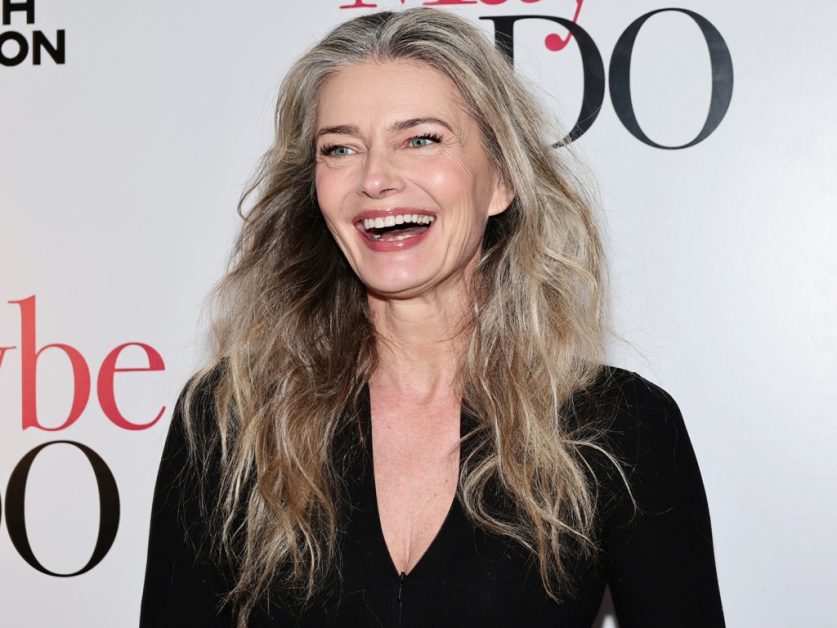Travel: Skiing at Livigno, Bormio and Trepalle – More reasons it’s impossible not to love Italy – and the Italians
Written by on January 30, 2023
ON a beautiful summer day in 1929, a newly-ordained priest took the last few steps up the long road to Trepalle, high in the Italian Alps, mopped his brow and turned to look at the breathtaking views all around him.
His name was Don Alessandro Parenti, and this would be his home for the next 41 years, during which he would rise to take Mass at 5am every day, and tend not only to the souls of the villagers and those of the town of Livigno just below, but their mental and physical health.
In 1948, Italian author Giovannino Guareschi met him on a visit to the area, and used him as the model for the protagonist of his Little World of Don Camillo books, which I’d read as a boy.
Back then, Livigno and Trepalle had no electricity or mains water, and were only accessible during the winter by horse-drawn sledge and in summer by an antiquated bus which wheezed its way up the mountain and only ran year-round from 1952.
You can get a glimpse into those times in a house in Livigno built in 1692 and inhabited by the same family until 1959, after which it became the town museum.

In the old workshop where the family made their own furniture, the air is still sweet with the scent of resin, pine and larch, and on the benches lie the tools of men whose wrists were thick with toil.
In the kitchen, a great copper cauldron used for making cheese hung over the open fire, beside it sat a wooden churn of equally heroic proportions used for making butter, and outside was the ancient petrol pump which was operated by Don Alessandro after cars came to the town.
He would hardly recognise Livigno today, I thought as I arrived to find Italians gliding elegantly down stylishly groomed slopes wearing outfits so cutting edge that they would be out of fashion by teatime.
Mind you, they’d probably been just as stylish in 1953, when the first ski lift was built, and they started coming even more the year after, when the area became a tax-free zone.
Today, petrol there is €1.20 a litre, so it’s almost worth driving there from Belfast to fill up, but since I had unaccountably left my car at home, I filled up instead with venison goulash and wine at La Tea di Cip & Ciop, a mountain restaurant you get to by snowmobile.
It was more successful than my last mountainside dinner in Austria, after which several of us decided to toboggan down. Another chap and I cracked ribs, and a third broke an ankle. There may have been drink involved.

After being awakened the next morning by the person in the room above apparently engaged in a forced march while throwing a baby elephant on the floor, I decided to try my hand at cross-country skiing.
However, in spite of Michael the instructor having the patience of Job, Mrs Job and all the little Jobs, I fear I may not be entering the Winter Olympics any time soon.
Having said that, I may try the biathlon, that combination of skiing and rifle shooting, but with the Irish method of using a snowmobile and an AK47.
Making a note to apply to the Irish Olympic Committee immediately, I set off south for the Bagni Vecchi, an ancient spa halfway up a mountain fed by natural thermal springs, to spend a blissfully meditative hour being bubbled gently in the warm outdoor pool while watching the sun set over the snowy mountains then one by one the lights twinkling on in the town of Bormio below.

Among the town’s lesser-known attractions is Braulio, a herbal liqueur which has been produced by the same family in three vast cellars below the town’s main street since the 19th century.
I was shown around by Eduardo, the current boss, who showed me four of the herbs used: gentian root, absinthe, juniper berries and alpine yellow, but he said he’d have to kill me if he told me the rest.
As for the taste, it’s so medicinal I can see why it was originally sold in chemists. I toyed briefly with the idea of buying a bottle to keep my other misguided purchase, a bottle of Hungarian Unicum, company at the back of the cupboard. But only briefly.

The next morning, I went for a wander around town with Marco the guide, who’d trained as an opera singer for five years, and showed it by bursting into selected hits in any building with decent acoustics.
One little church dating back to 1475 had faded frescoes on the walls and a ceiling of assorted saints holding the Bible and looking vaguely baffled. Except for one.
“Marco, who’s that saint holding what looks like a chicken and wearing a wedding cake on his head?” I said.
“That is a very good question,” he said, then paused.
“You know, when I eat pizza, I like to do it with my eyes closed to savour the experience,” he said.
Up to the 17th century, Bormio was a stopping place for travellers heading north and south, and became very rich as a result, and that wealth can be seen in its ornate fountains, a discreet palace which was occupied by the local governor from 1200 to 1815, some crumbling mansions and its two biggest churches, with fabulously ornate frescoes and soaring domes.
One was built in several stages since the 13th century, and in the 1635 Jesuit one, Jesus lay on a slab in a grotto looking temporarily dead, while statues of local dignitaries gazed down sadly, Mary looking suitably pious and Mary Magdalene looking suitably vampish, with rouged cheeks and curly ginger hair.

Mind you, in 16th century paintings of the Madonna and child, the baby Jesus has often got curly ginger hair as well, for no reason I’ve ever been able to discover.
It can only be a matter of time before Dan Brown writes a book about it called Mary Magdalene: the Ginger Conspiracy, I thought as Marco finished a rousing rendition of Ave Maria and came wandering over.
“Tell me, have you been to the Bagni Vecchi?” he said.
“Absolutely. I was in the outdoor pool there yesterday,” I said.
“Wonderful. After an hour in there and a beautiful massage, I feel like buttered toast,” he said.
Italians. It’s impossible not to love them.
FACTFILE
GETTING THERE
Ryanair flies from Dublin to Milan, after which it’s four hours to Bormio, and another one to Livigno by car. You can also go by train, bus or plane to Bormio.
WHERE TO STAY
The best place on the trip was La Genzianella in Bormio, a cosy family-run hotel with beautiful design details and a log cabin sauna in the garden.
WHAT TO DO
Livigno, with 115km of ski slopes, will be the venue for freestyle and snowboard competitions in the 2026 Winter Olympics, and since it’s 6,000ft above sea level, has a ski season from October to the start of May. It can be a bit nippy as a result: it dipped to -19C when I was there. Bormio is great for skiing as well, with 135km of pistes for all levels.

watch avatar the way of water full movie
watch avatar the way of water full movie
watch avatar the way of water full movie






